The working principle of the electrical fire monitoring system is as follows: when an electrical fault occurs, the electrical fire monitoring detector will convert the information of the residual current, temperature, arc fault and other electrical fault parameters in the line into electrical signals. After data processing, the detector will send out an alarm signal and transmit the alarm information to the electrical fire monitor. Once the electrical fire monitor receives the alarm information from the detector, it will carry out confirmation and judgment, display the location information of the electrical fault alarm detector and record the alarm time. At the same time, it will trigger the audible and visual alarm devices installed at the site of the protected area to emit audible and visual alarms to remind personnel to take necessary measures to troubleshoot electrical faults and eliminate the risk of electrical fires in order to prevent electrical fires from occurring.

-
Products
- IPC Series
- HMI Series
- PLC
- Remote IO
- CM4 Industrial Computer
- IoT Gateway
- SBC
- Extension Boards
- CPU Modules
- Display
- Cameras
- Accessories


ED-IPC2000 Series

ED-IPC2100 Series

ED-IPC2200 Series

ED-IPC2400 Series

ED-IPC2600 Series

ED-IPC3020

ED-IPC3100 Series

ED-IPC3600 Series

ED-HMI2002 Series

ED-HMI2020 Series

ED-HMI2120 Series

ED-HMI2220 Series

ED-HMI2320 Series

ED-HMI3010 Series

ED-HMI3020 Series

ED-HMI2630-101C

ED-HMI3120 Series

ED-HMI3630-101C

Bus End Cove

Power Expansion Supply Module

EtherCAT High-Speed Counter

EtherCAT Temperature Input Module

EtherCAT Analog Output Modules

EtherCAT Analog Input Modules

EtherCAT Digital Output Modules

EtherCAT Digital Input Modules

EtherCAT Coupler

ED-SBC3300 Series

Raspberry Pi Pico 2 W

Raspberry Pi 500

Raspberry Pi Pico 2

Raspberry Pi 3 Model B+

Raspberry Pi 4 Model B

Raspberry Pi 5

Raspberry Pi Pico

Raspberry Pi Pico W

Raspberry Pi 3 Model B

Raspberry Pi Zero

Raspberry Pi Zero W

Raspberry Pi 3 Model A+

Raspberry Pi Zero 2 W

ED-SBC2300

REIMEI1

Raspberry Pi CM5 IO Board

CM5 Development Kit

40pin I/O Protector

ED-GW1302S LoRaWAN

ED-GW1303S LoRaWAN

Raspberry Pi SSD Kits for Pi 5

Raspberry Pi AI HAT+

Raspberry Pi M.2 HAT+

Raspberry Pi AI Kit

MIPI Cable Extension

Raspberry Pi Compute Module 5

Raspberry Pi CM3+

Raspberry Pi CM4

Raspberry Pi CM3

Compute Module IO Board V3

Compute Module Development Kit

Raspberry Pi AI Camera

Raspberry Pi Camera Module 3

Raspberry Pi Camera Module 2

Raspberry Pi High Quality Camera

Raspberry Pi Global Shutter Camera

16mm/10MP Lens for HQ Camera

6mm/3MP Lens for HQ Camera

CM4 AI Camera

M12 Fisheye Lens

M12 Fixed Lens

Raspberry Pi Cooler for CM5

Raspberry Pi CM5 IO Case

ED-Pi5Case-EXT

Raspberry Pi CM5 Active Cooler

ED-ACC-ANT-G4G25-L10/L20

Raspberry Pi SD Cards

Raspberry Pi Bumper for Pi 5

ED-Pi4Case-OB

Raspberry Pi 15W Power Supply

ED-Pi5Case-HA

ED-ACCHMI-Front

ED-Pi5PCOOLER

ED-Pi4PCOOLER

40pin IO Extender

CM4 Cooler

2.4GHz/5.8GHz Antenna kit for CM4

CM4 IO Smart Case

ED-Pi5Case-B

ED-Pi5Case-O

ED-PSU1201

ED-PSU1202
- Solutions
- Custom Design
- Docs
- RPI Developer
- Support
- Company
- Partners
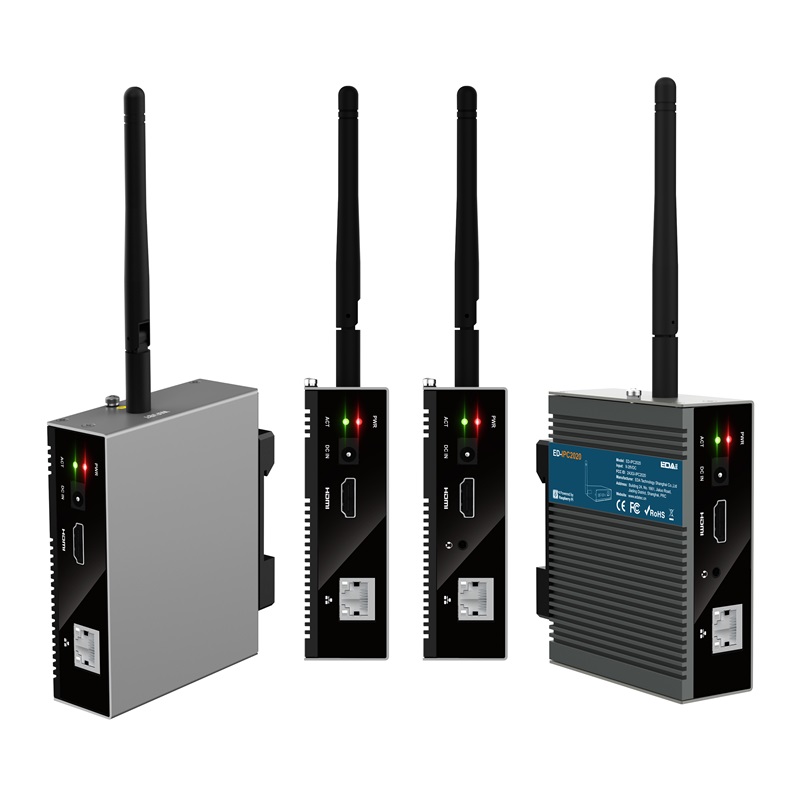
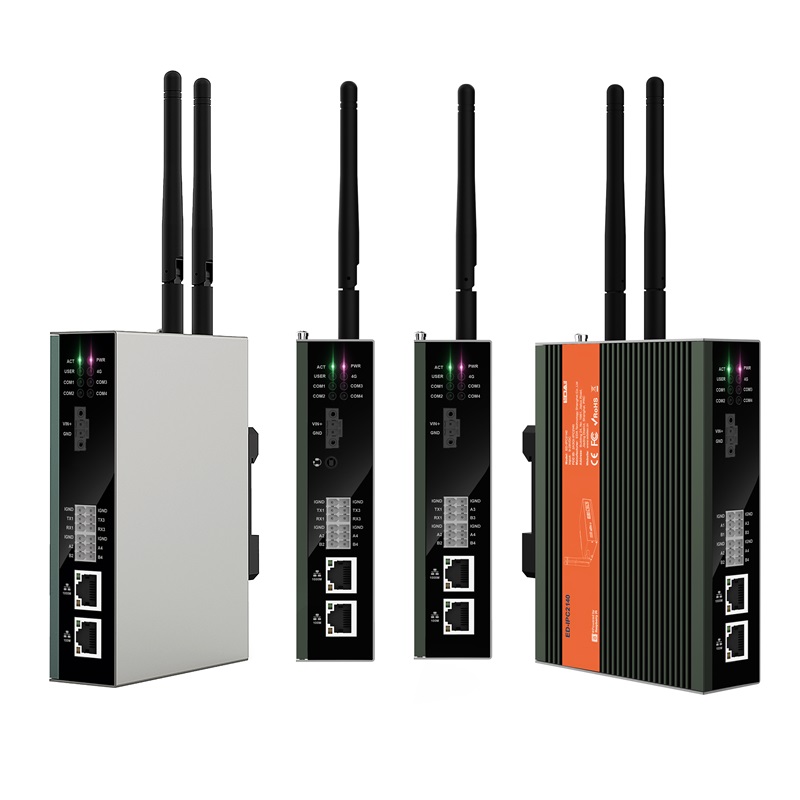
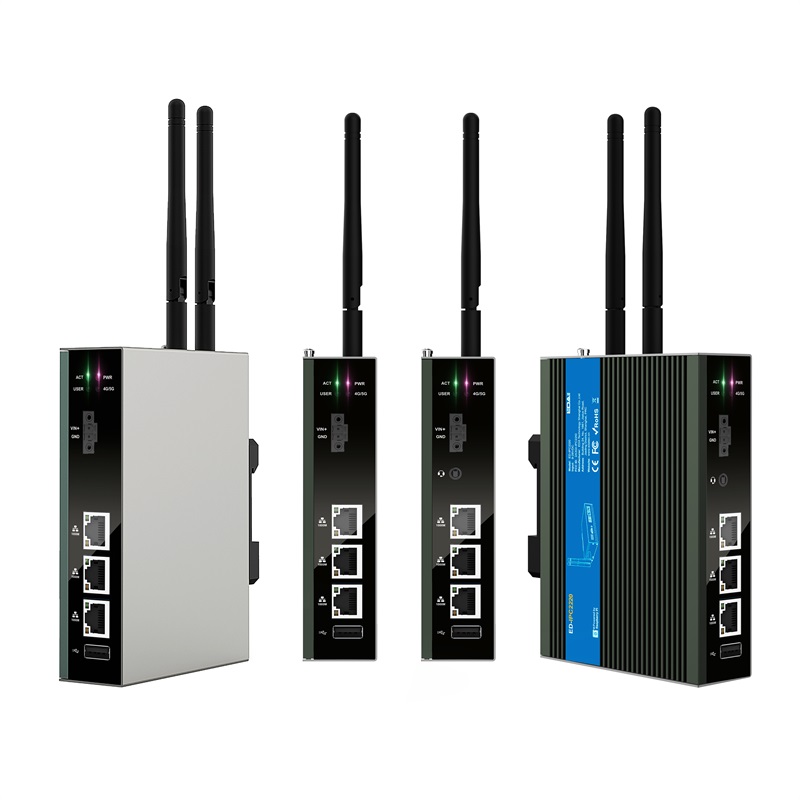
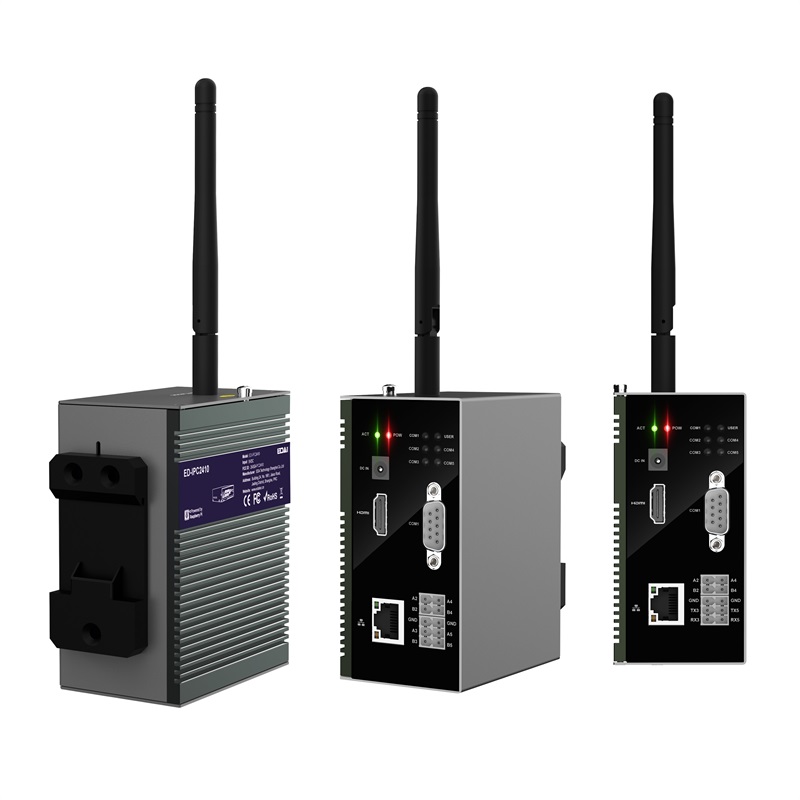
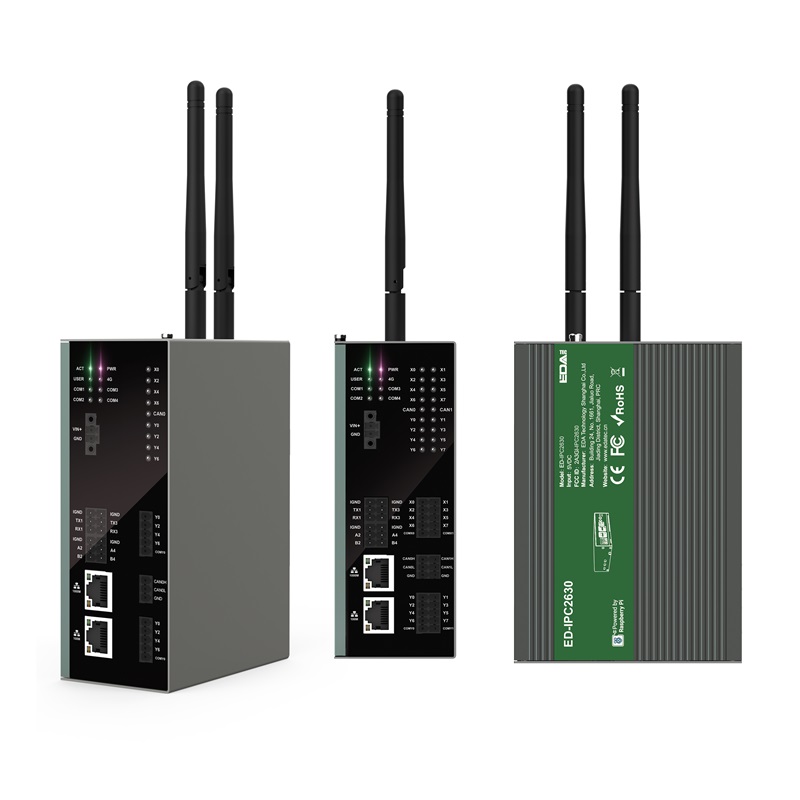
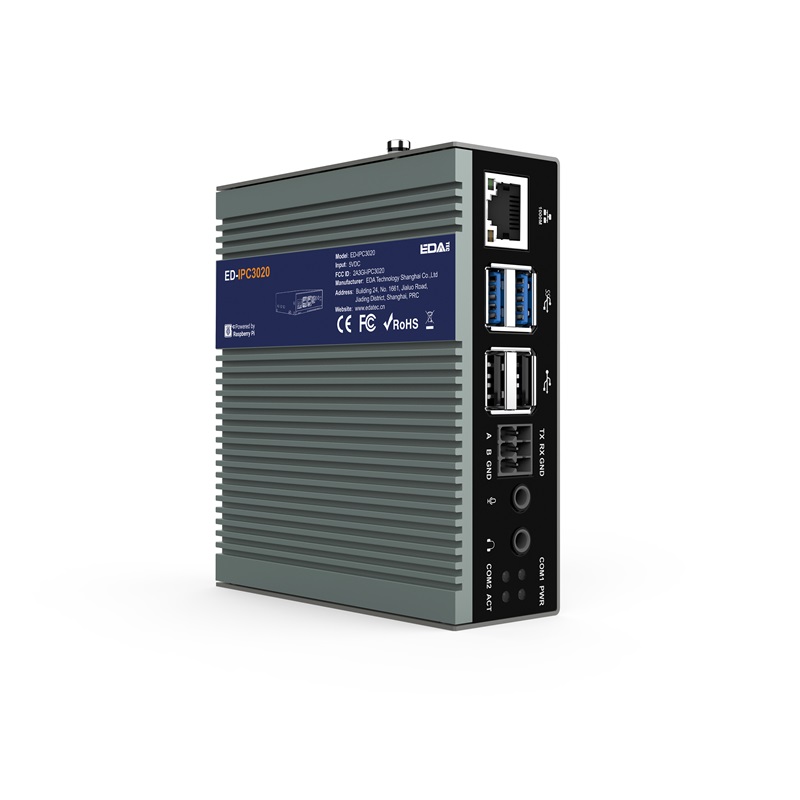
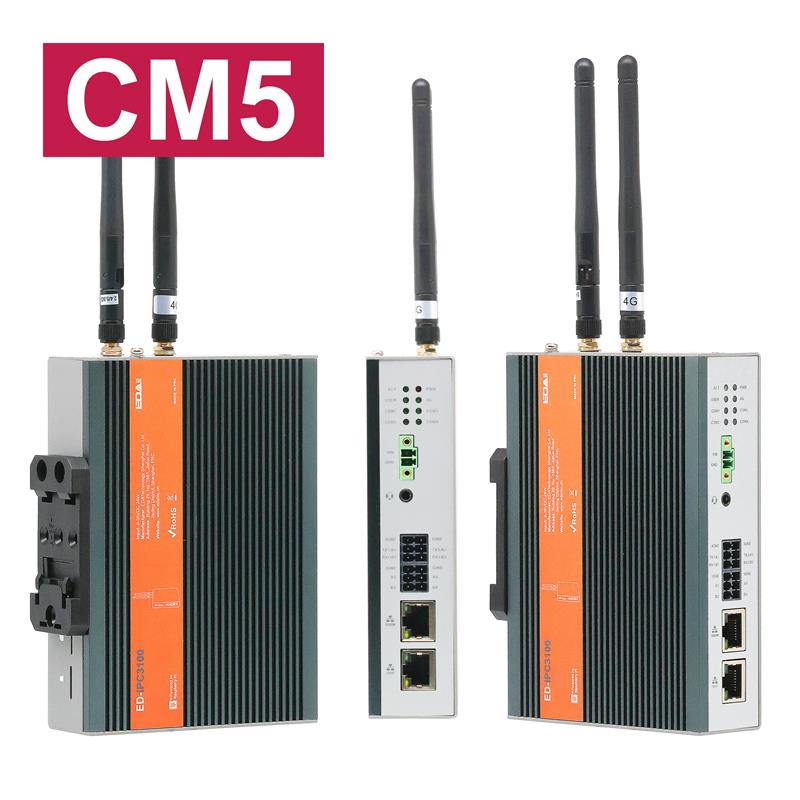
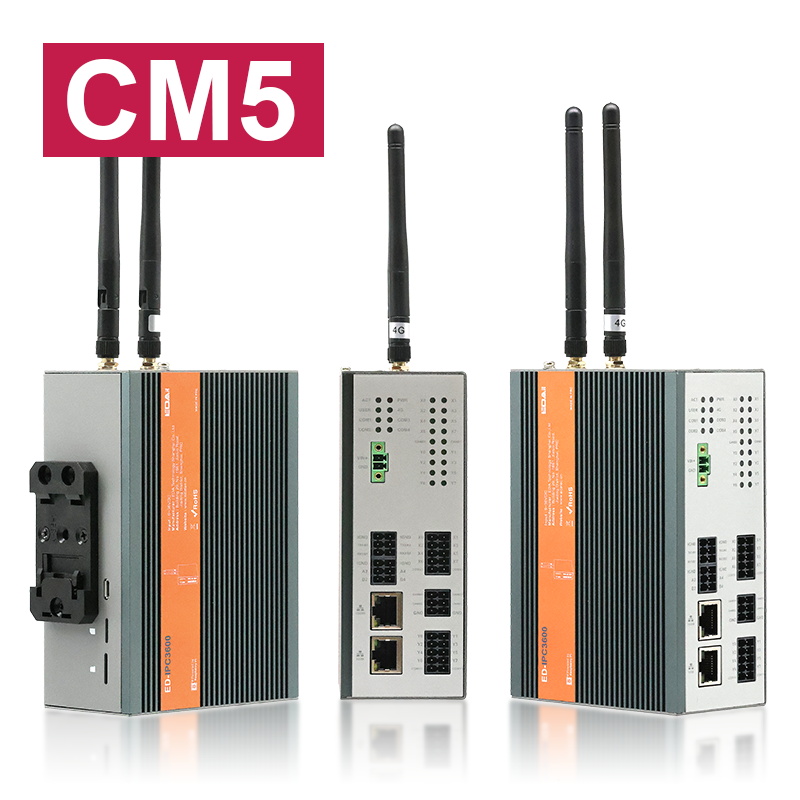

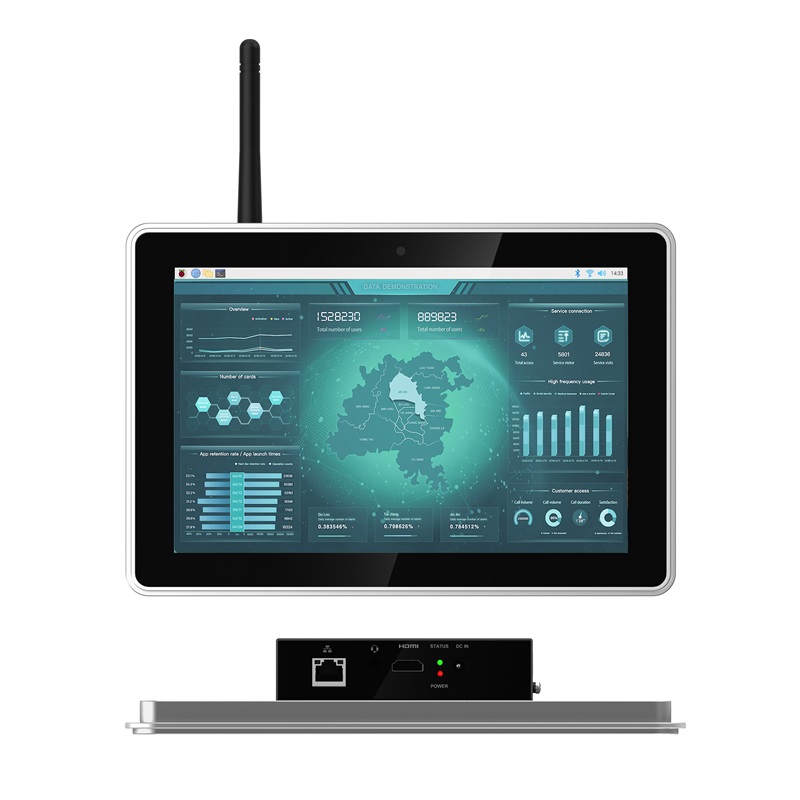
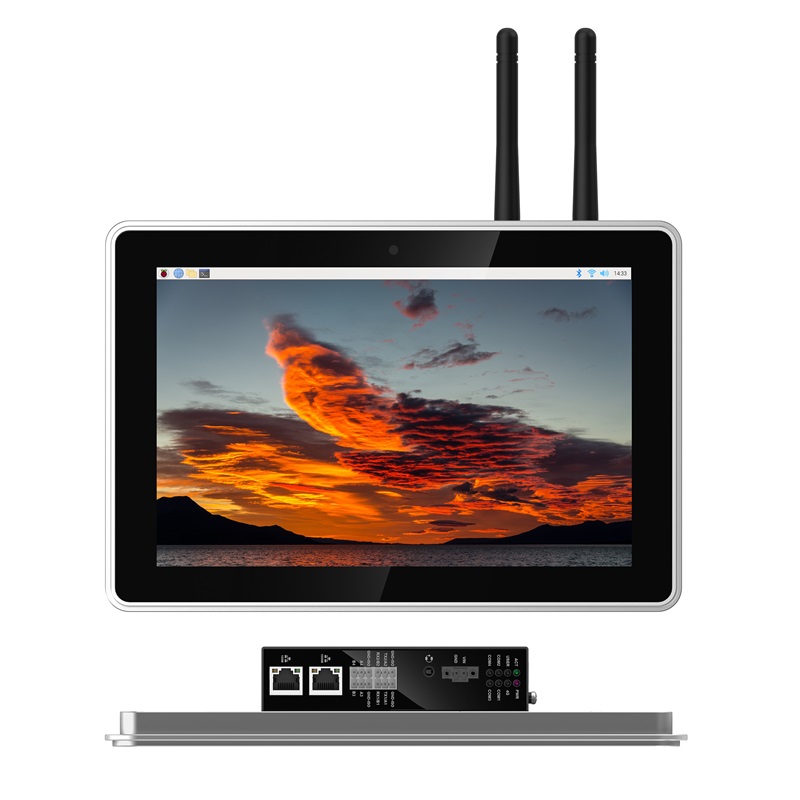
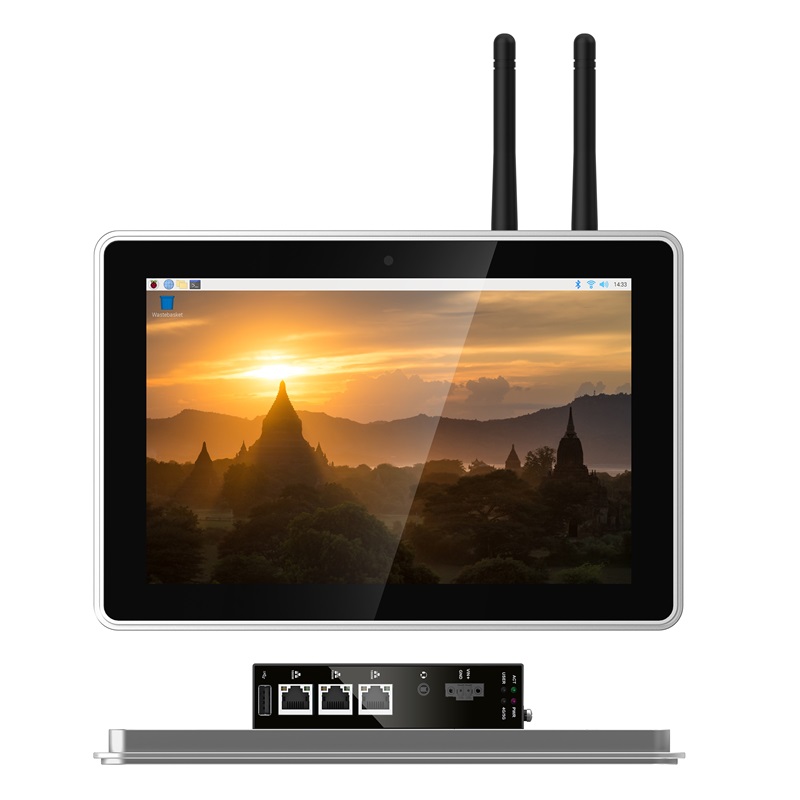
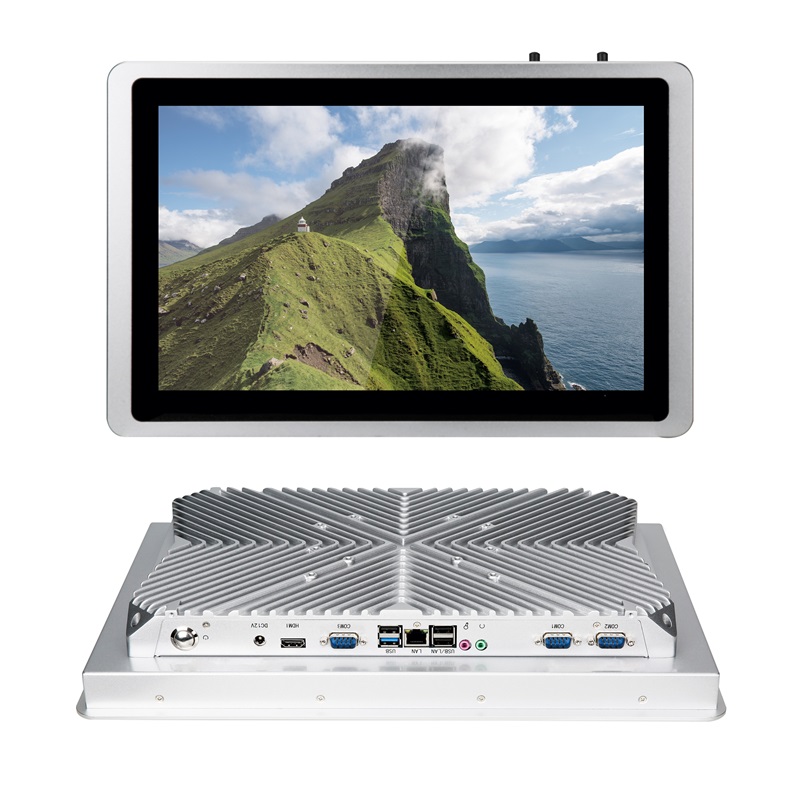





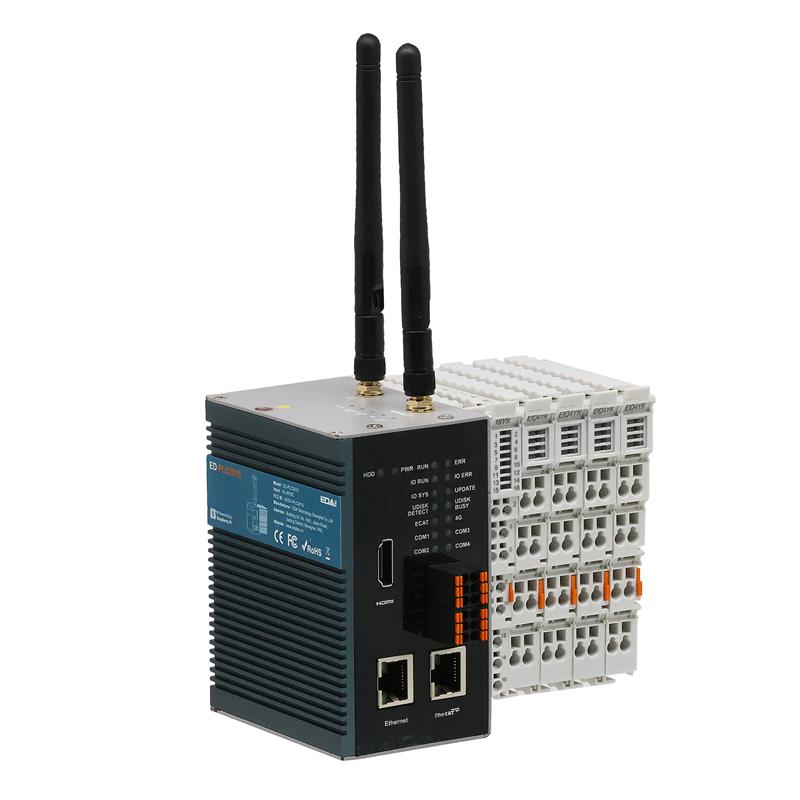



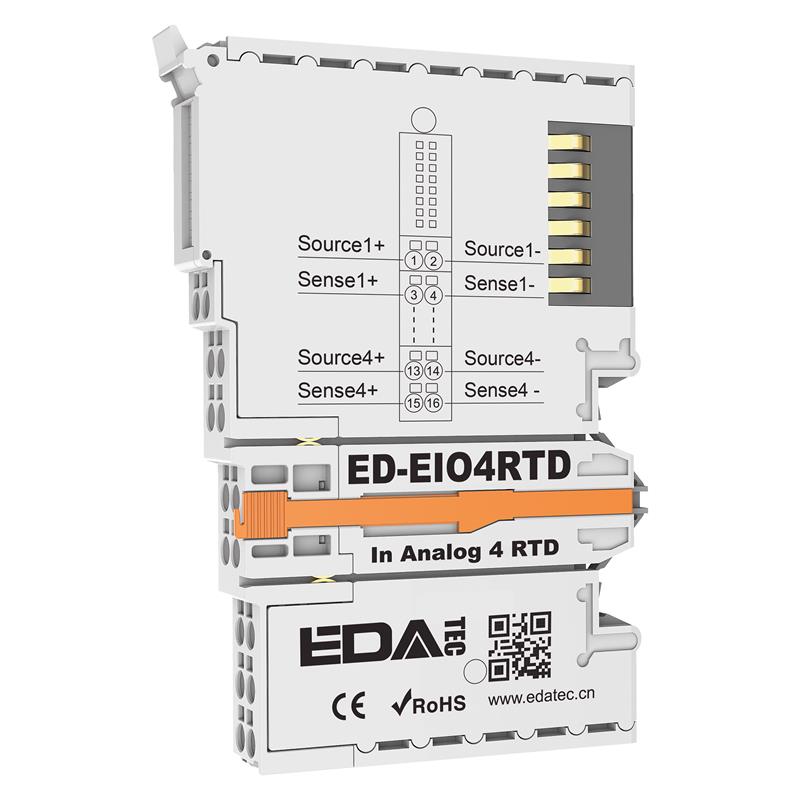
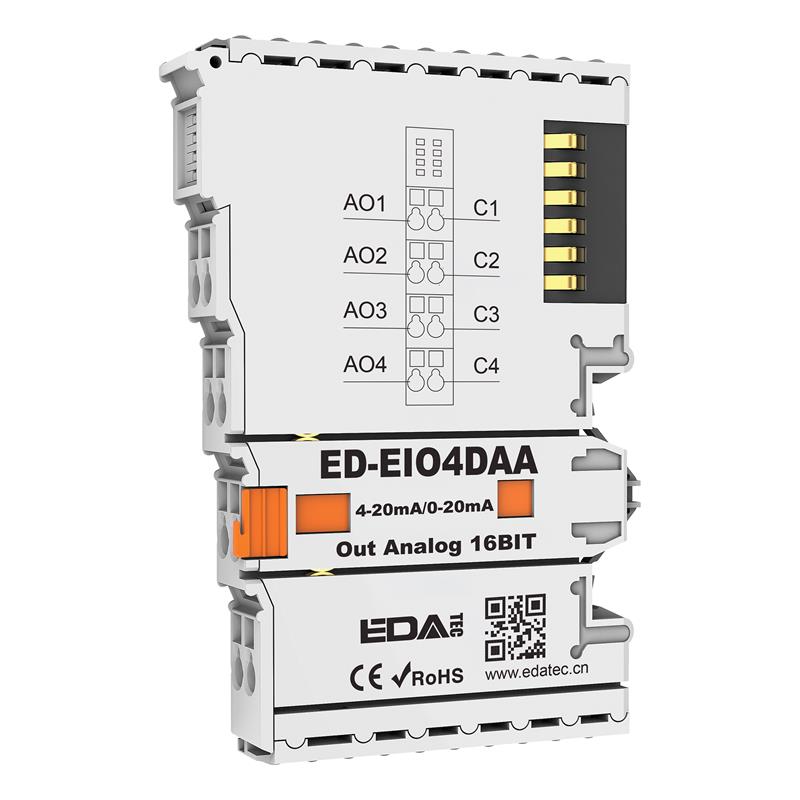



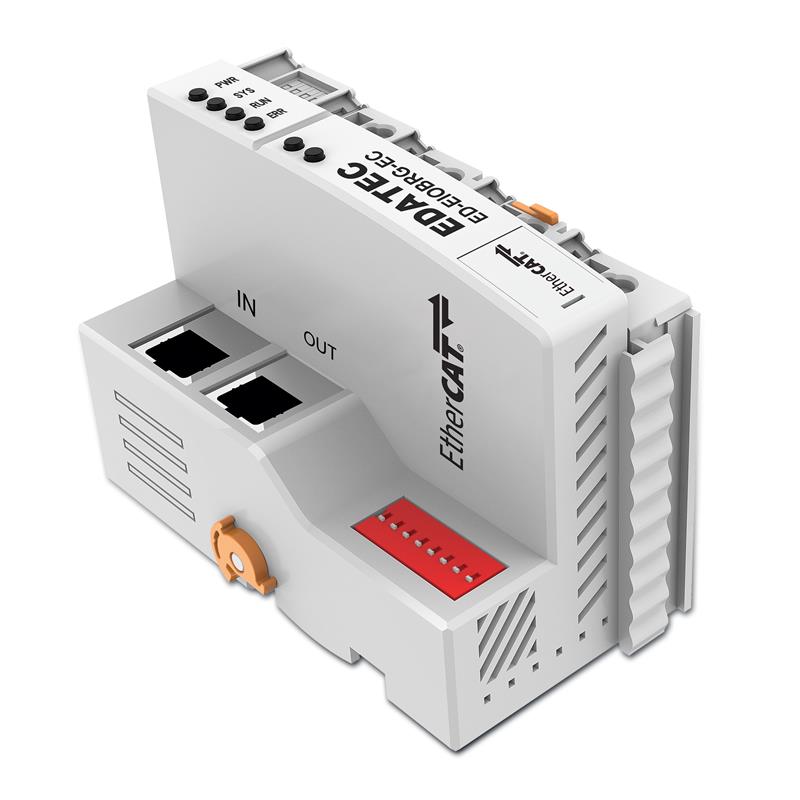
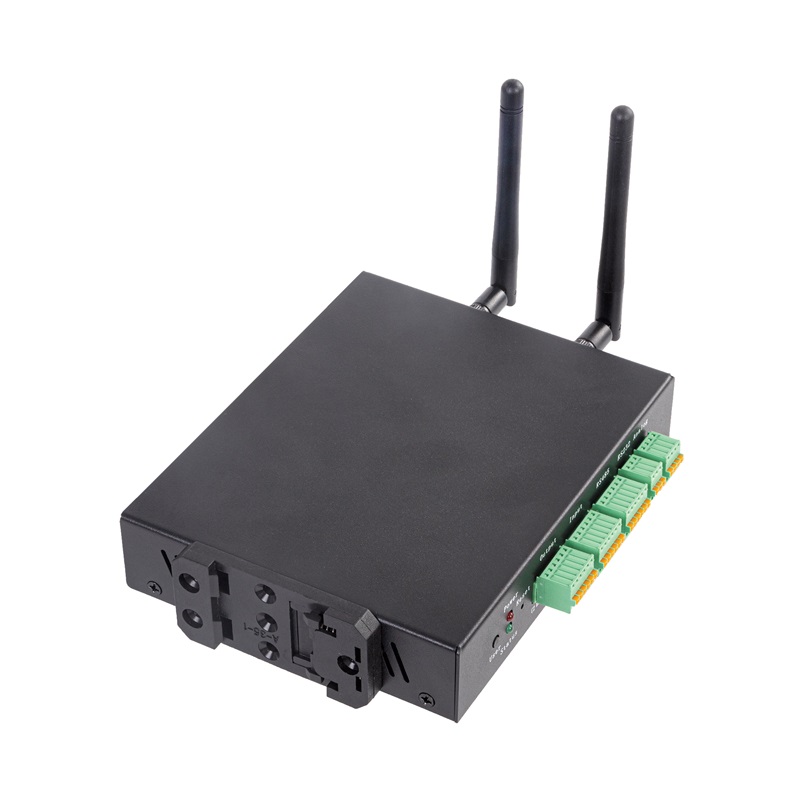
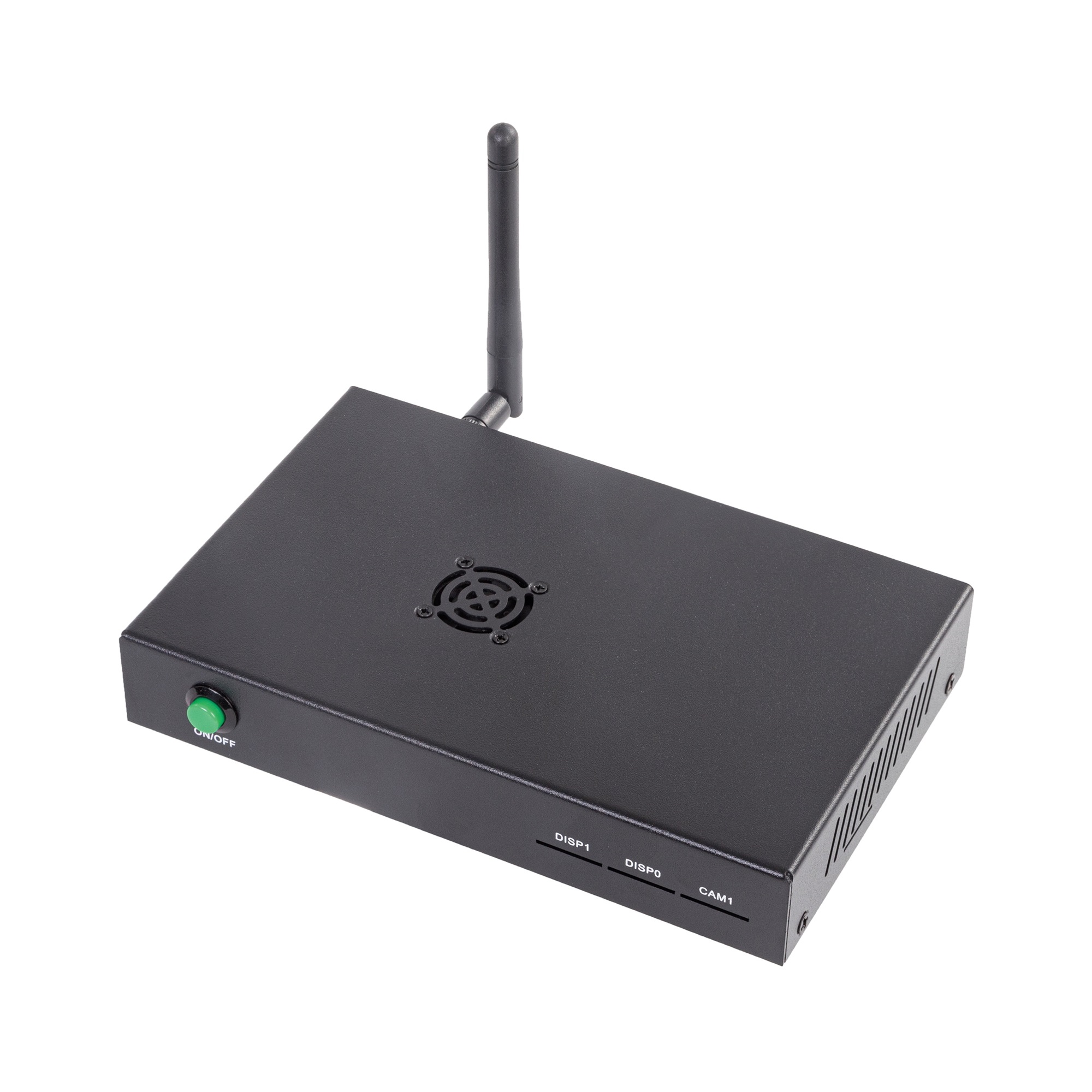
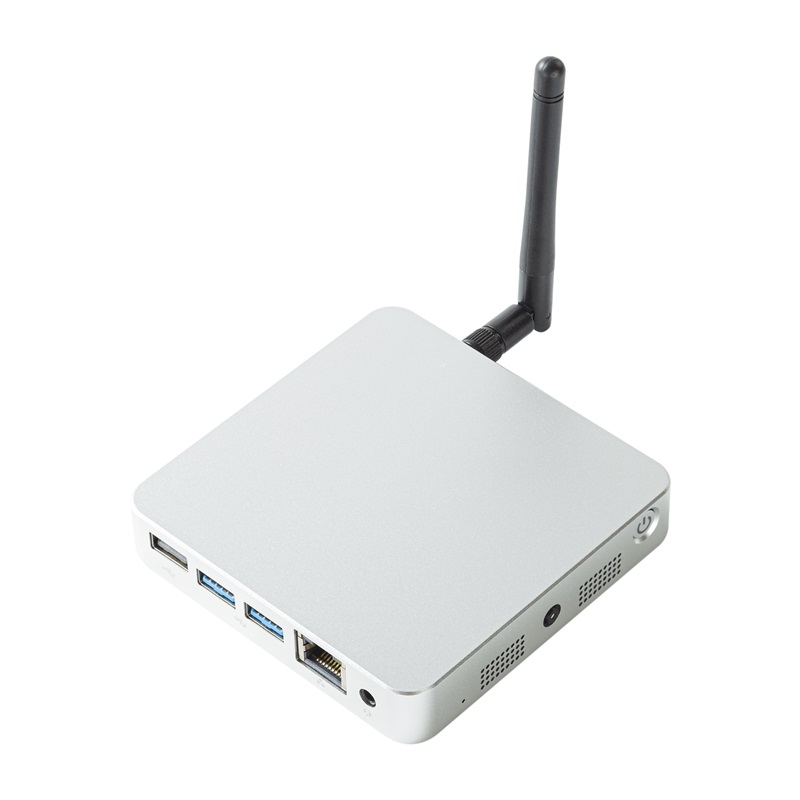
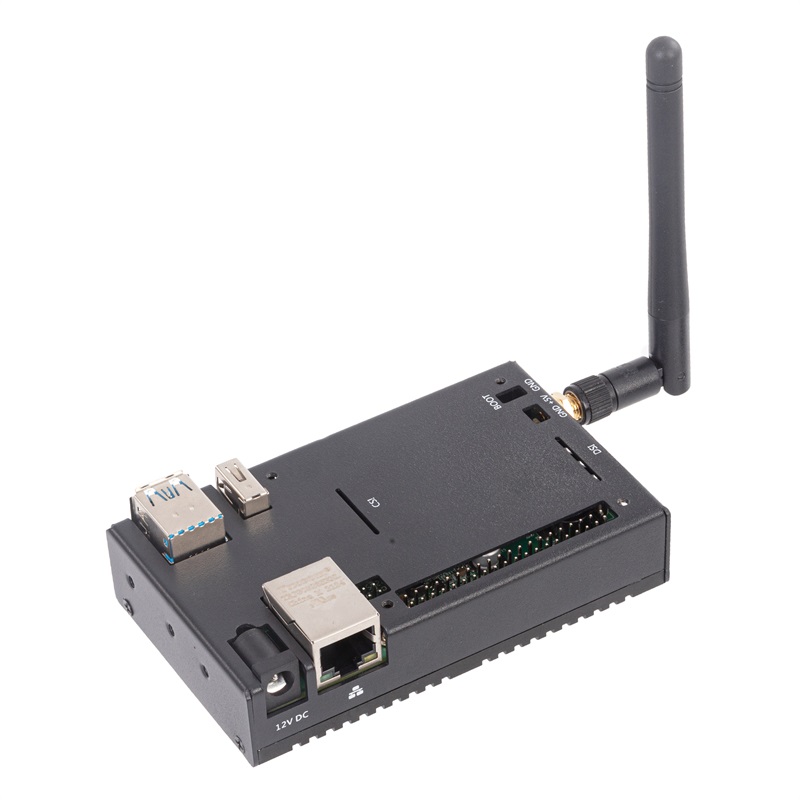

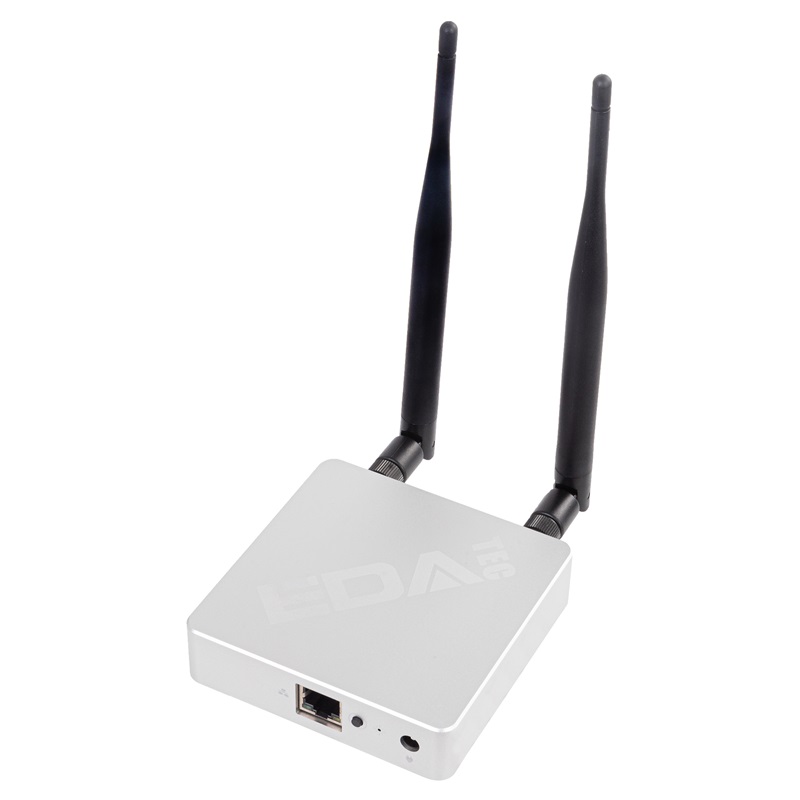
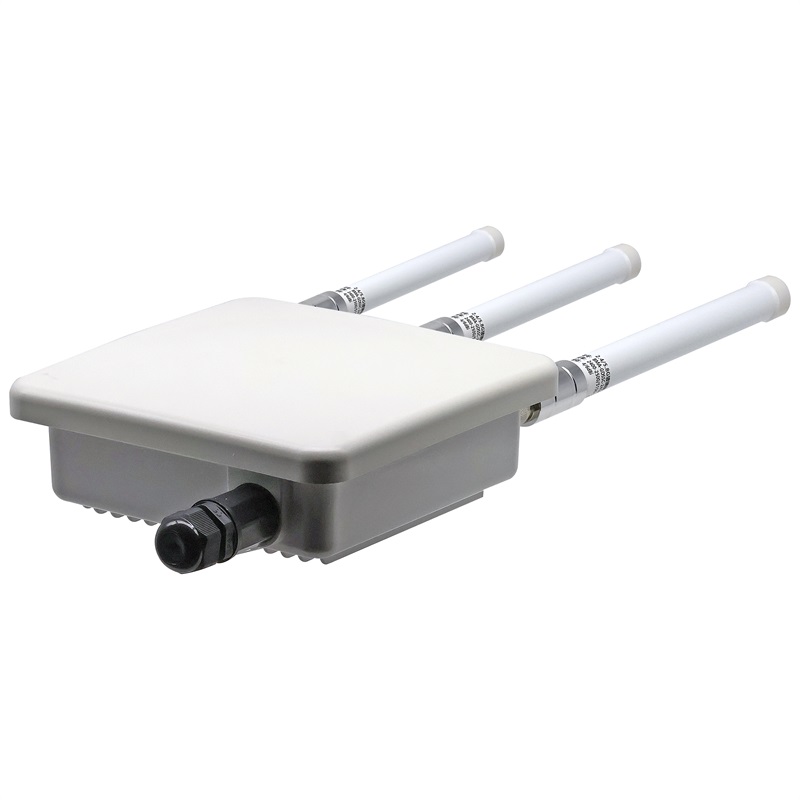

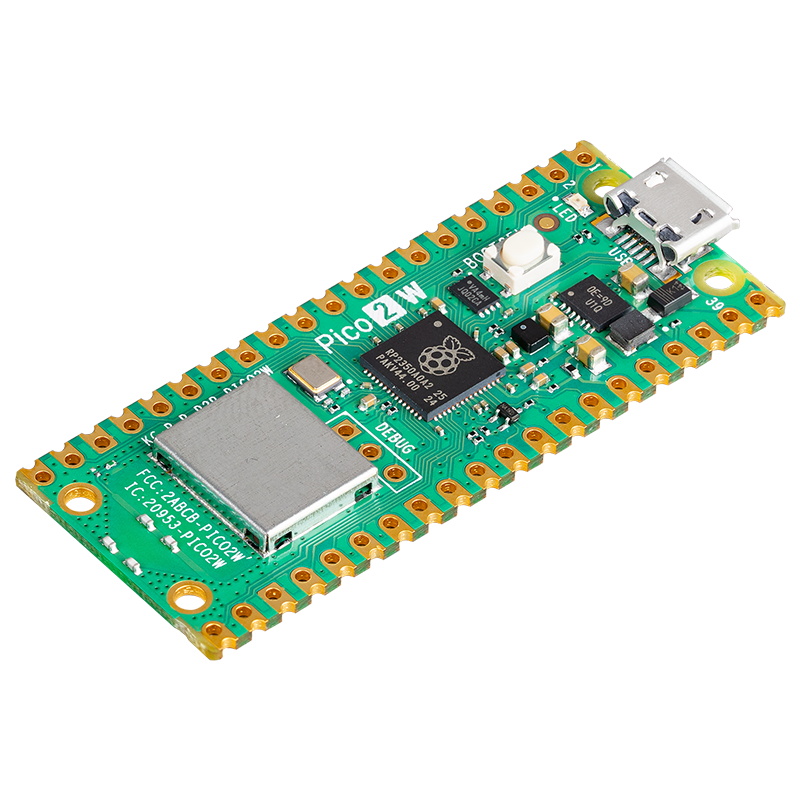


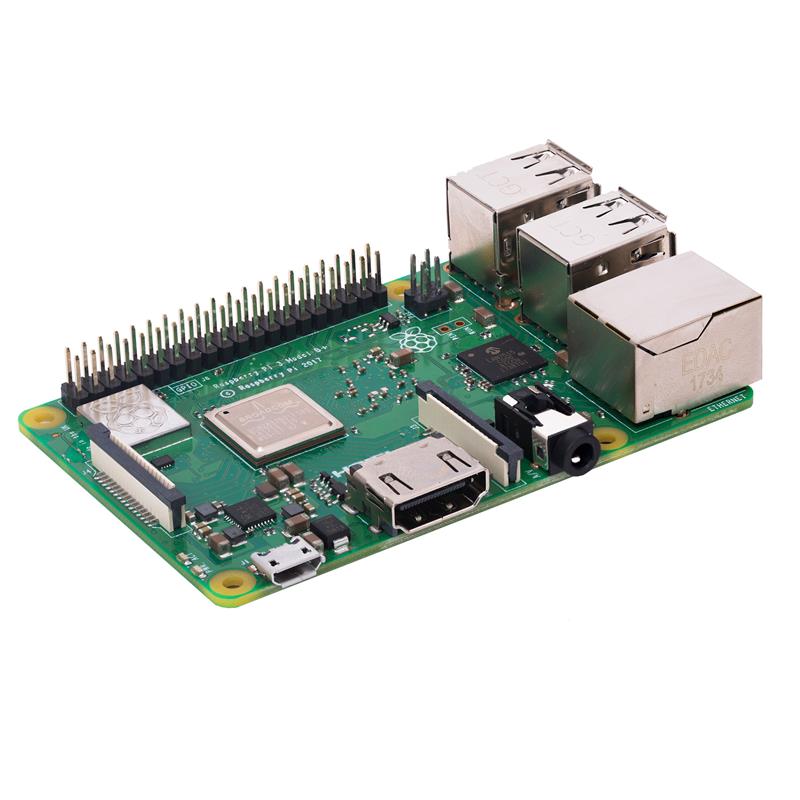
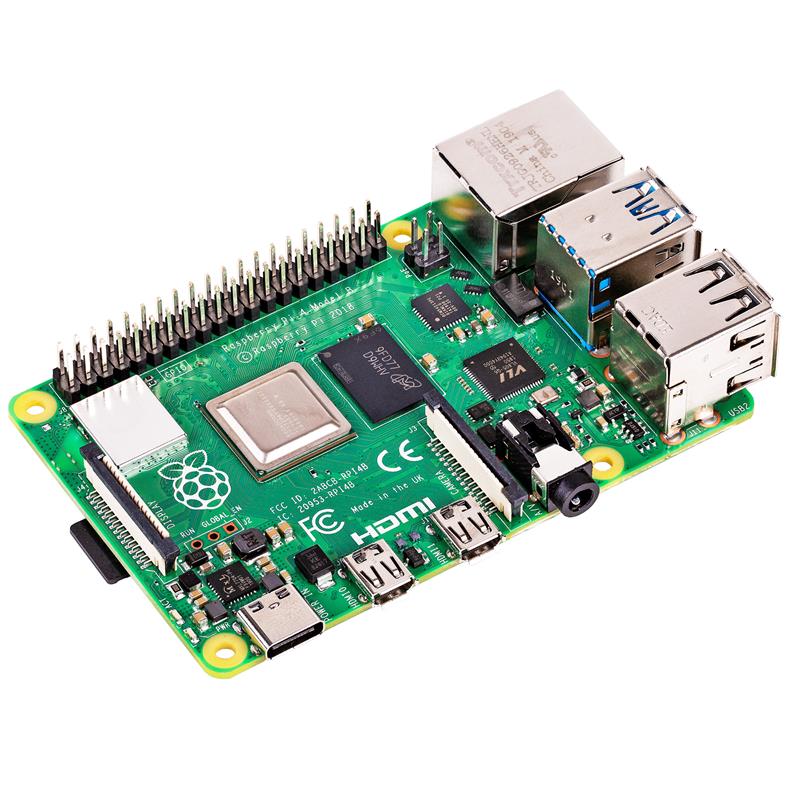

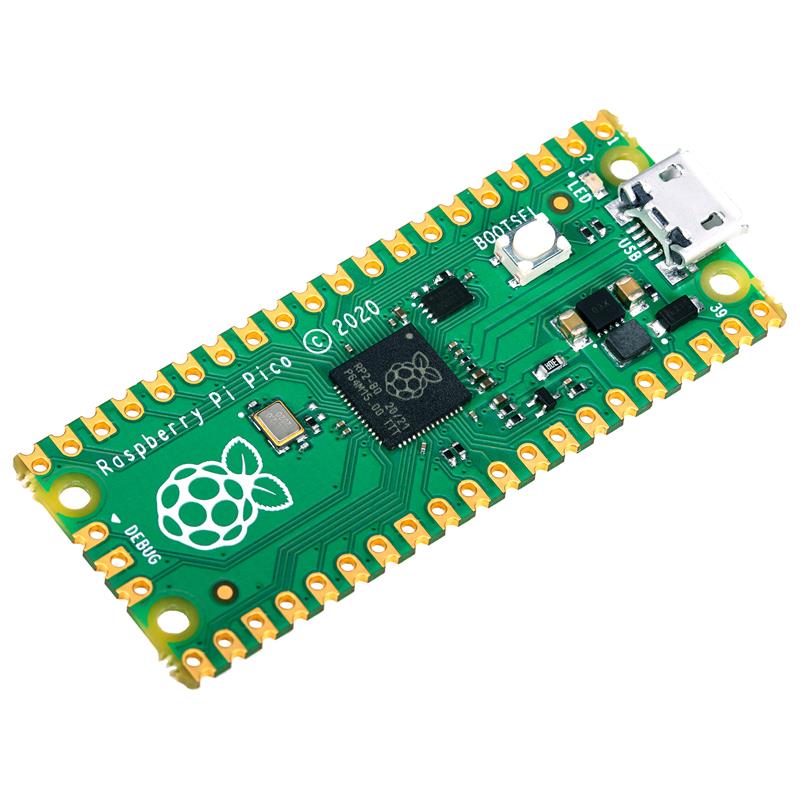

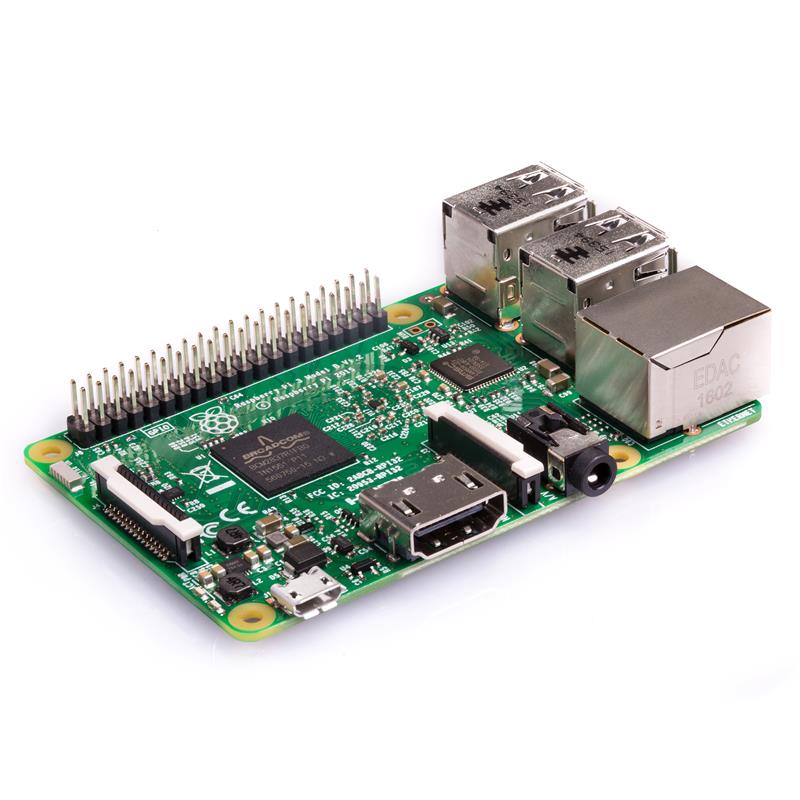

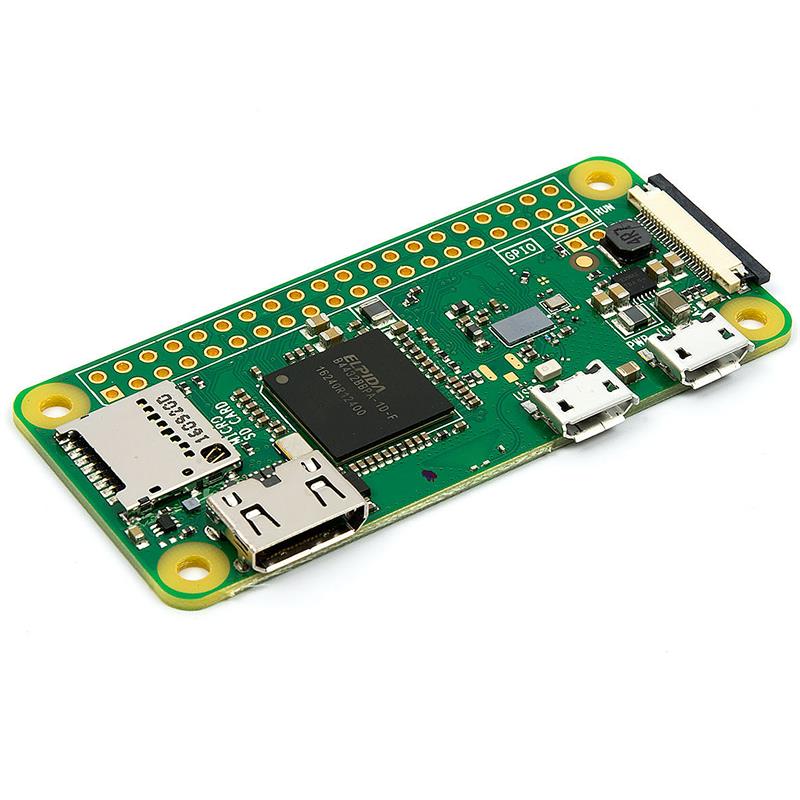
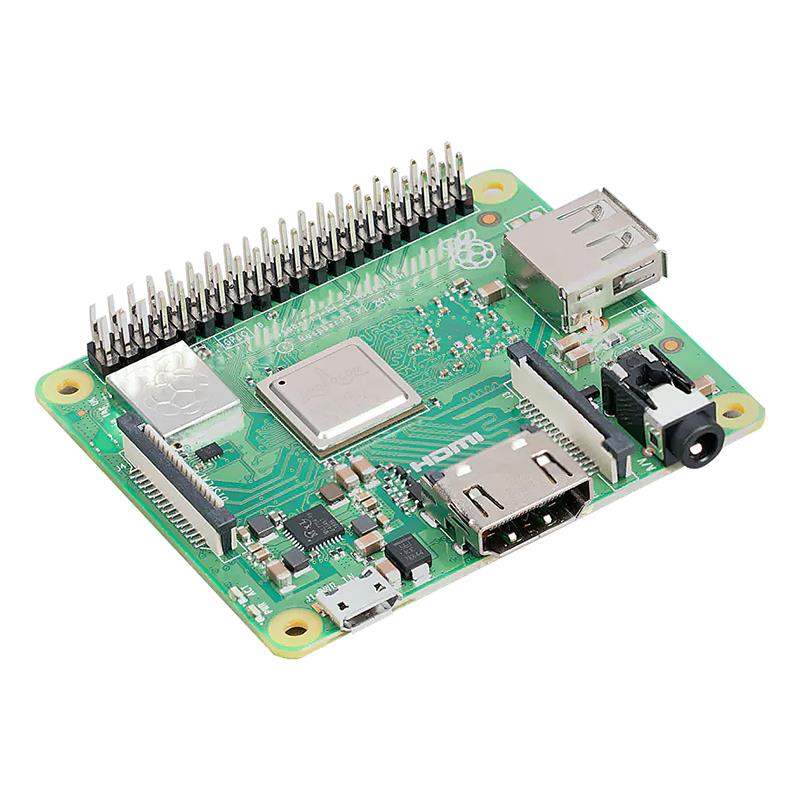

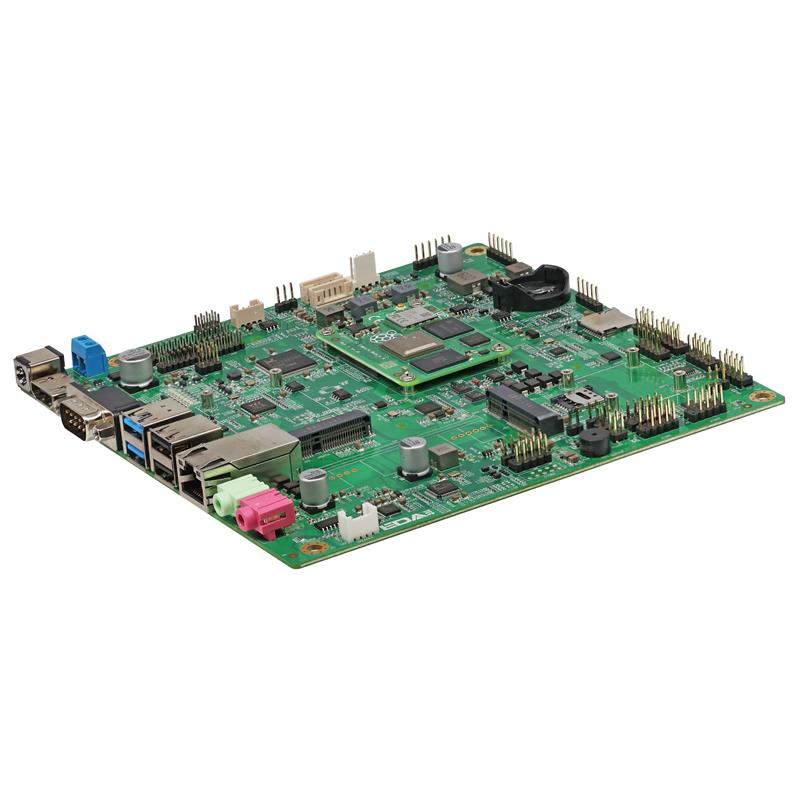



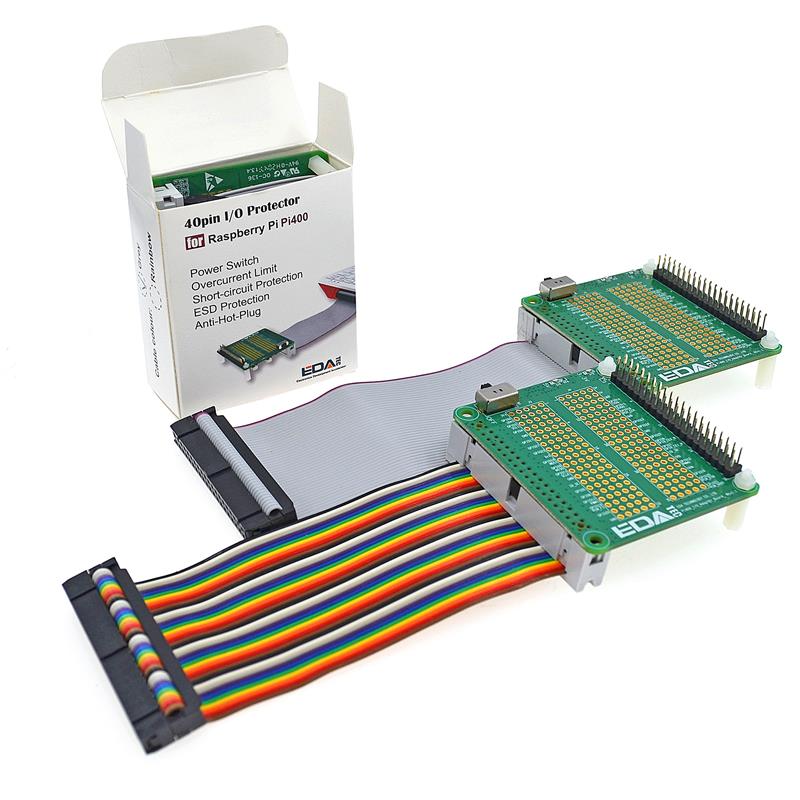




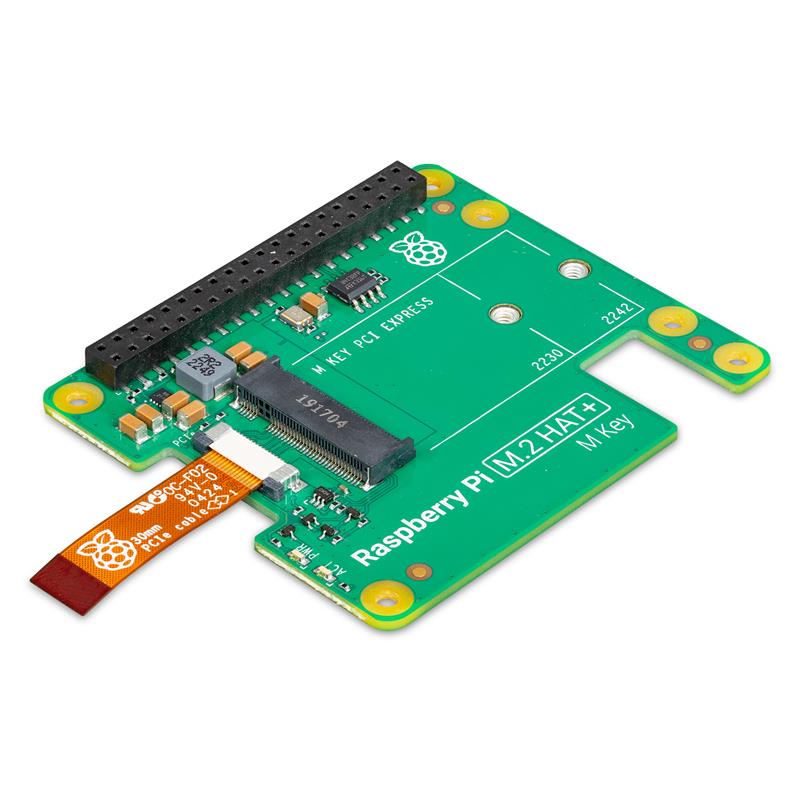
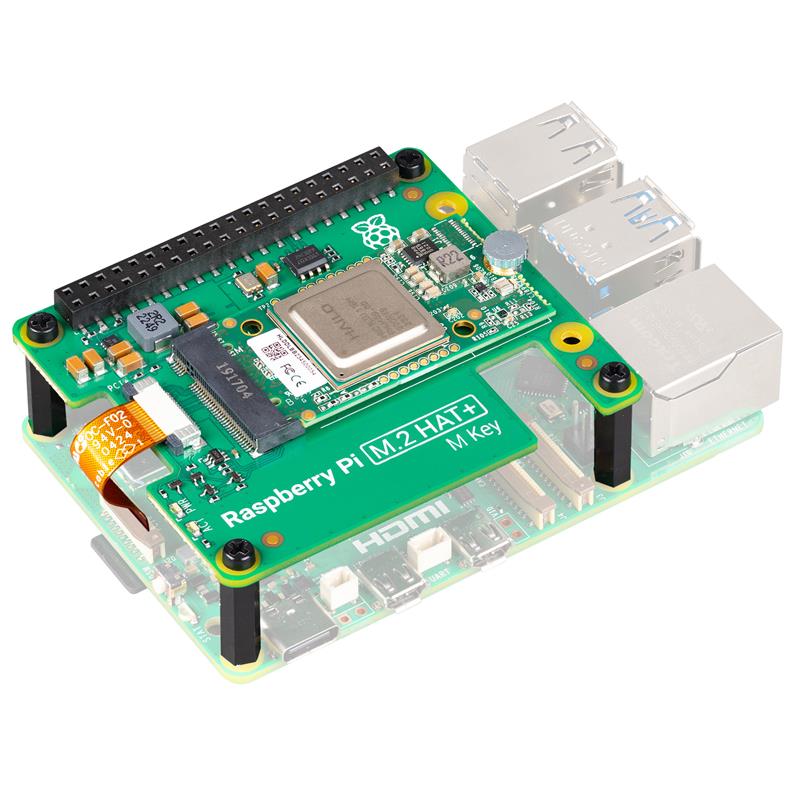
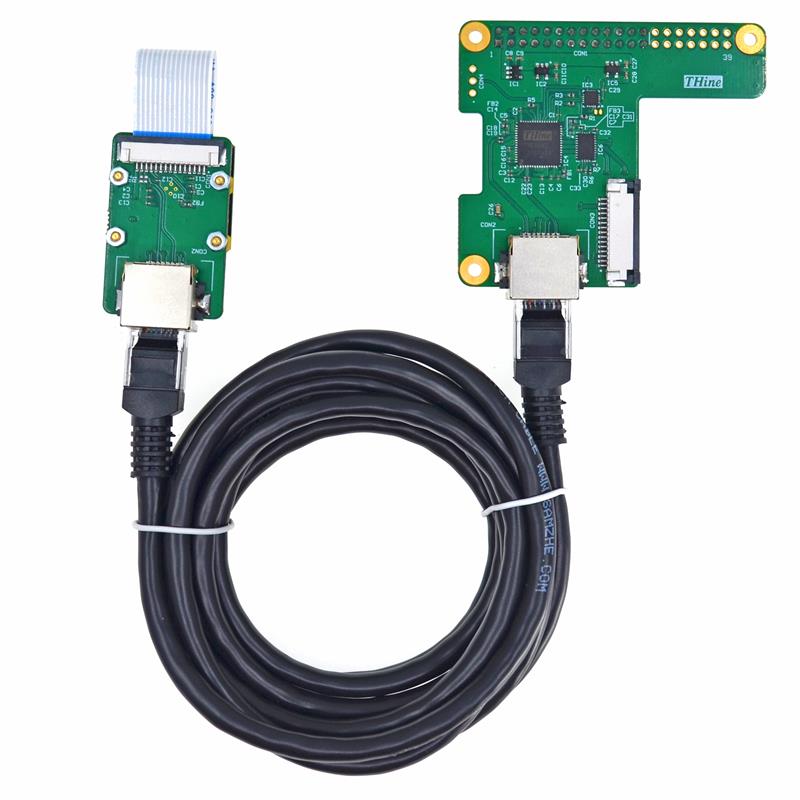


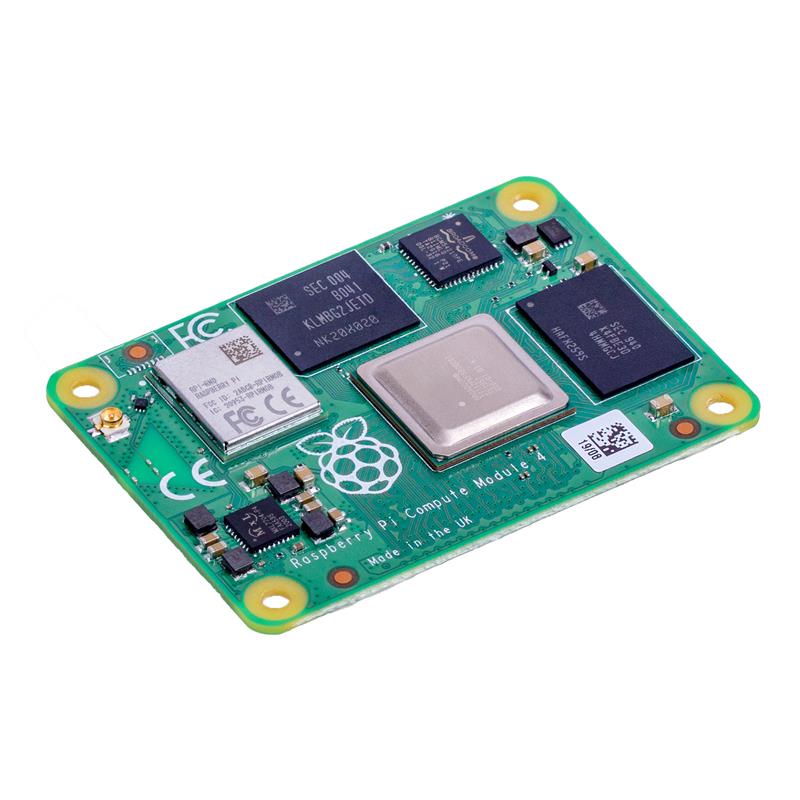

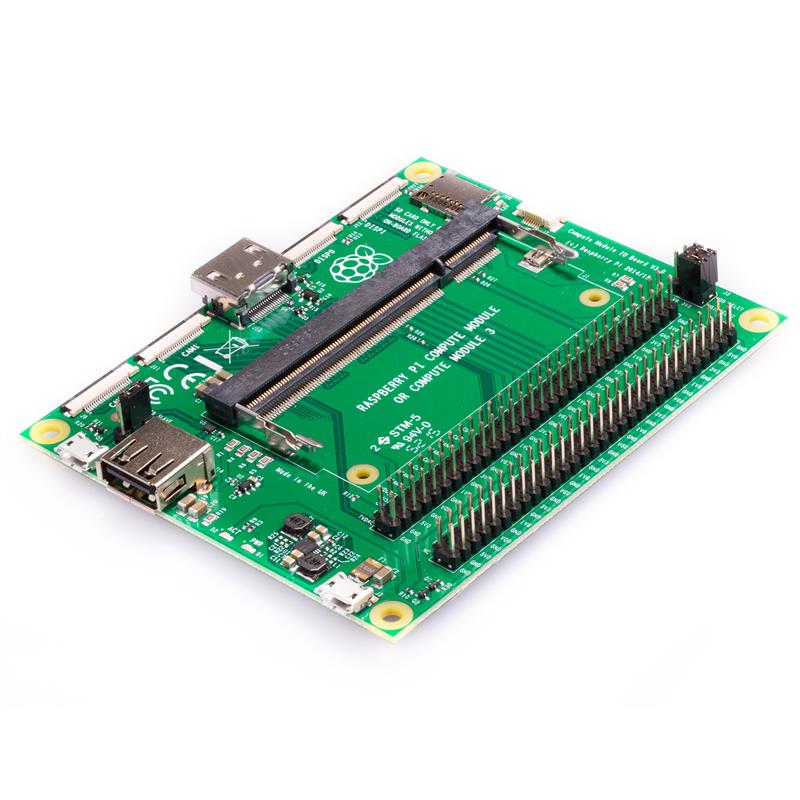
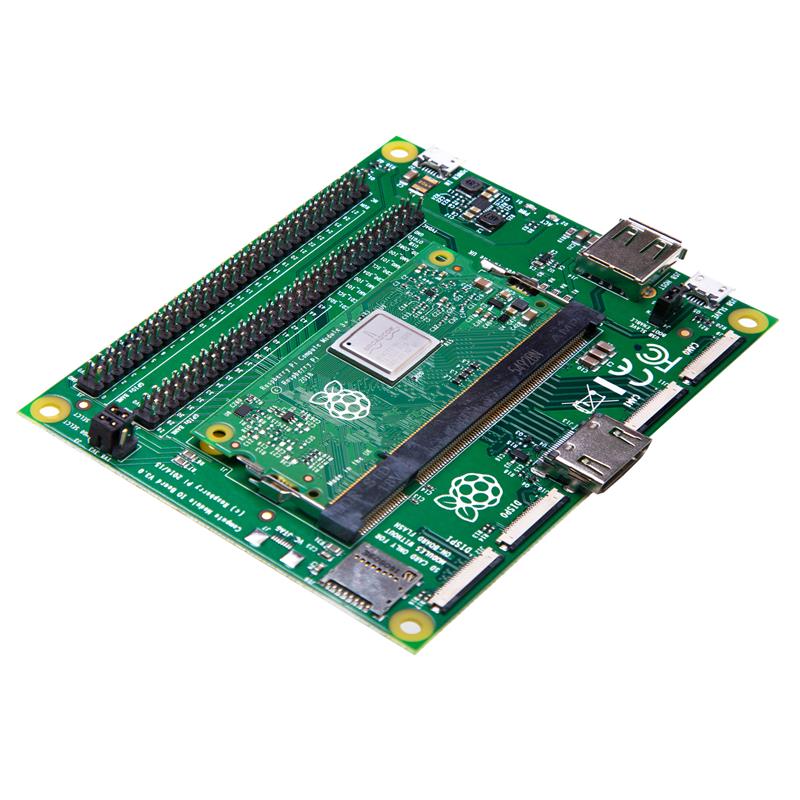

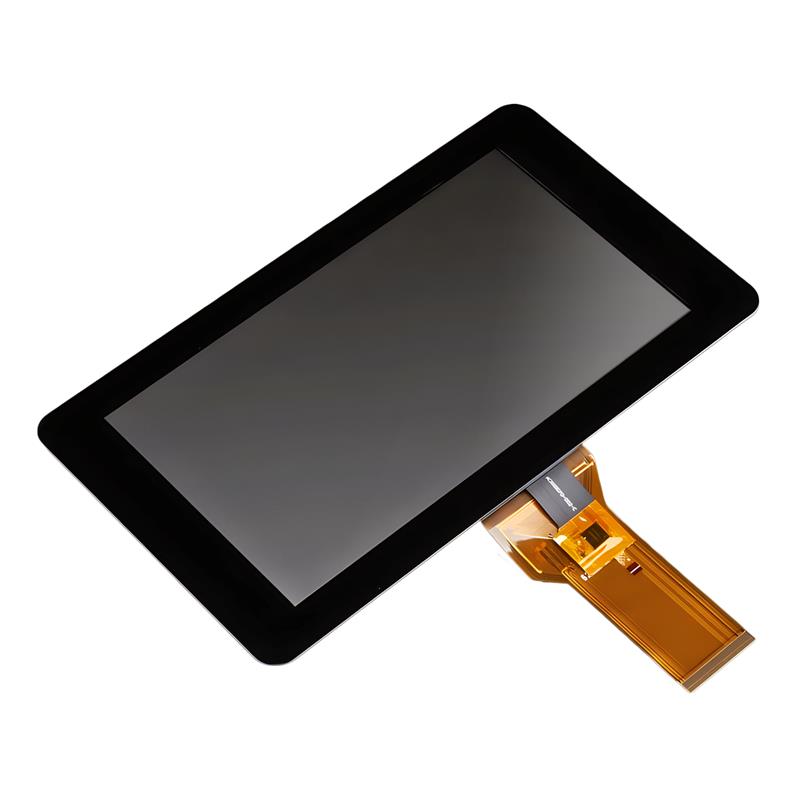



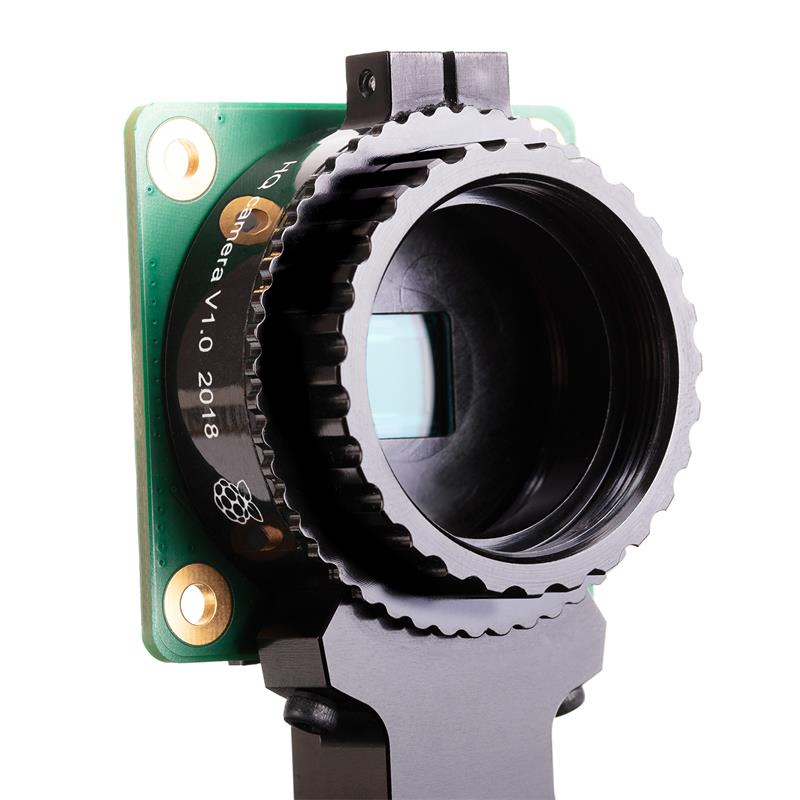
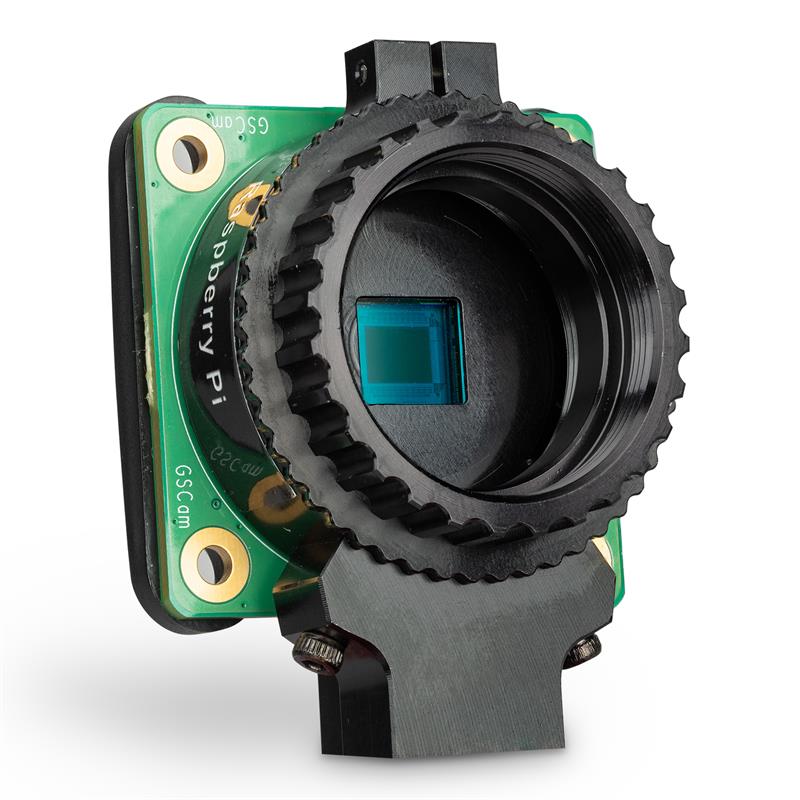






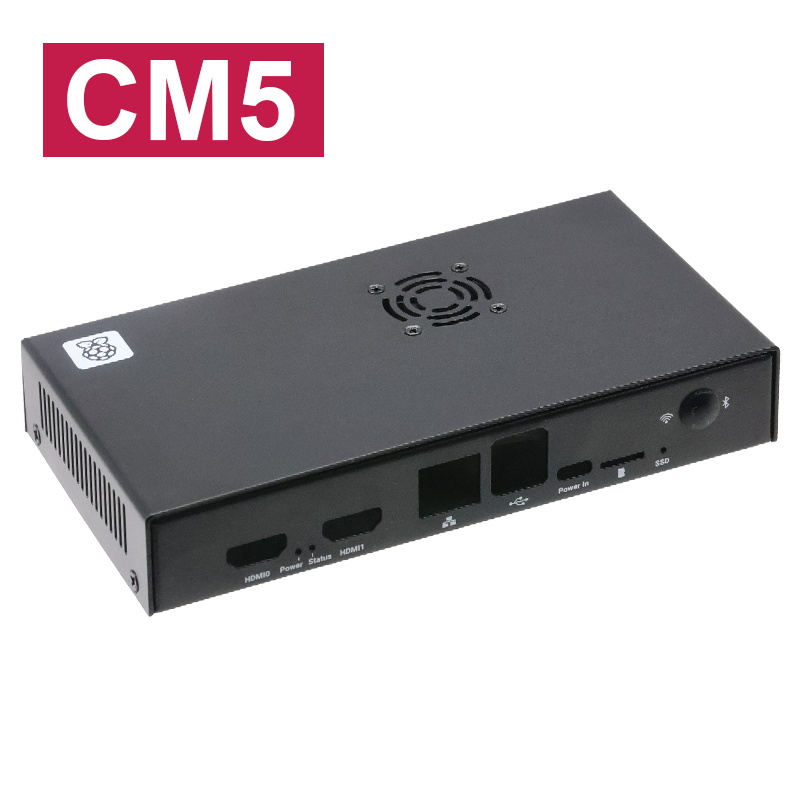
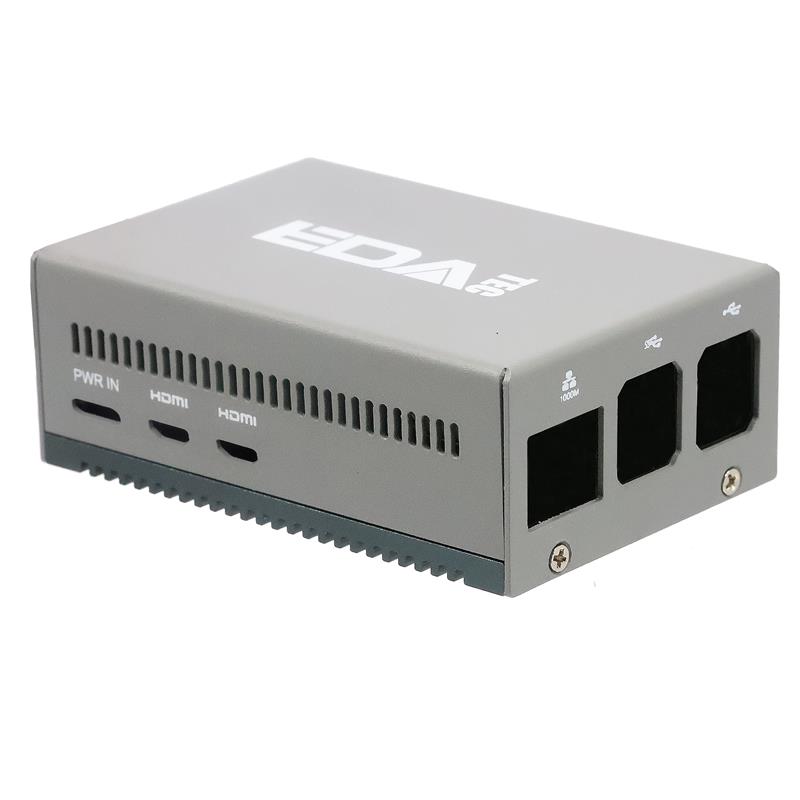

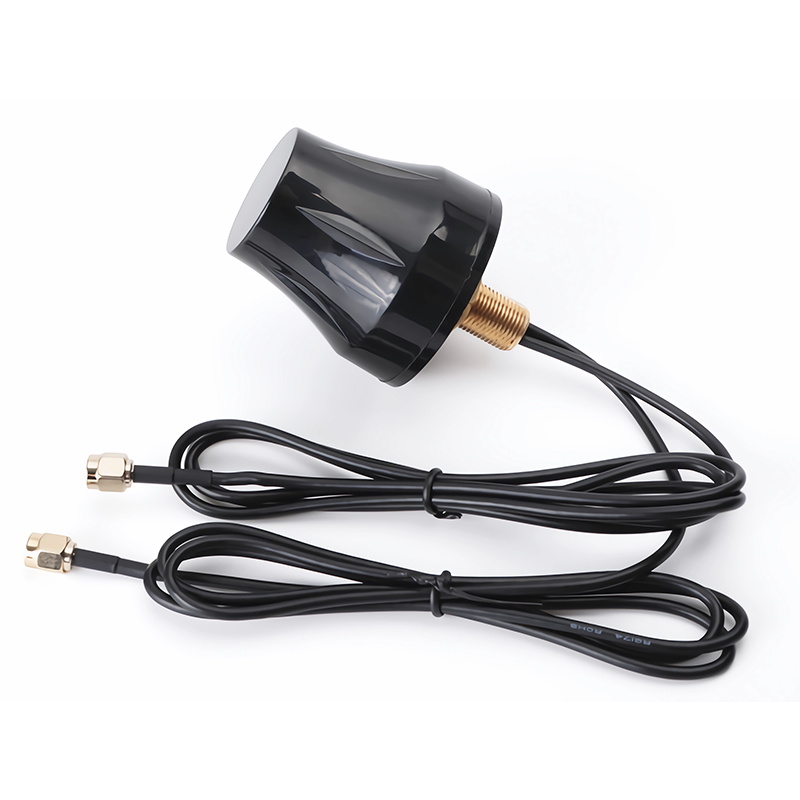

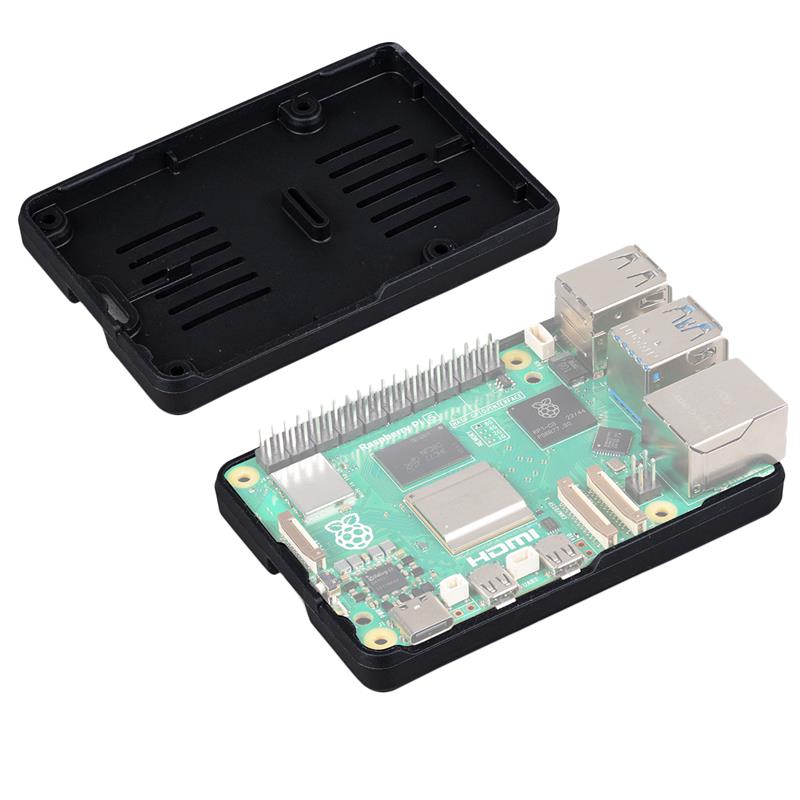
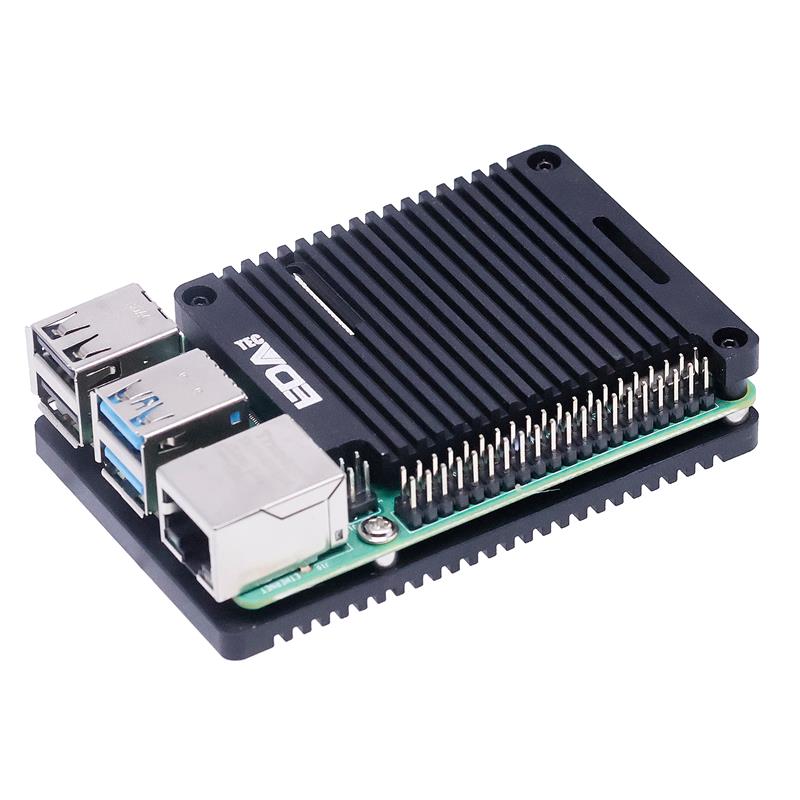
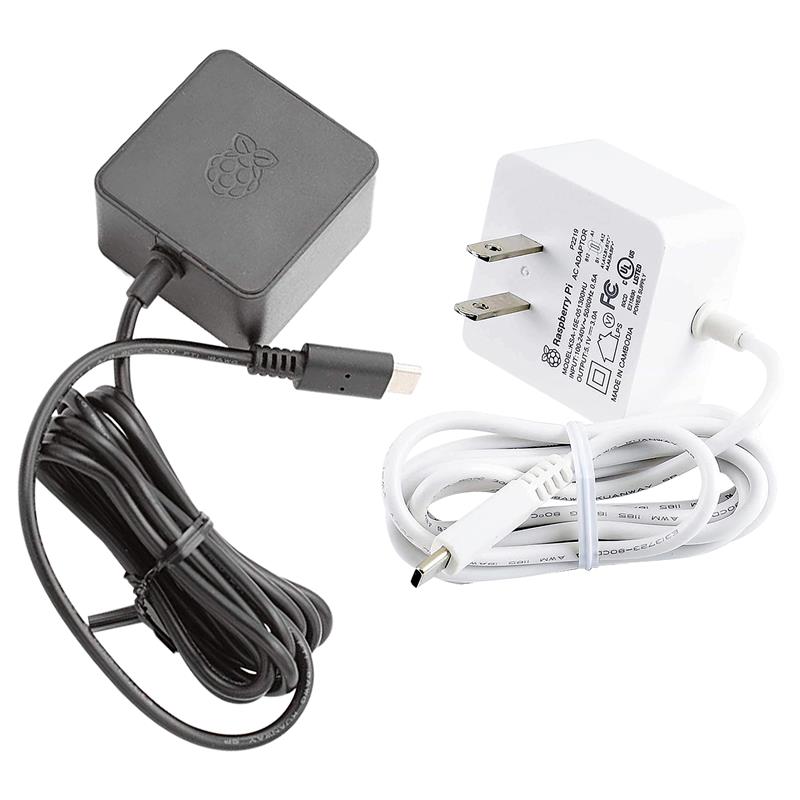




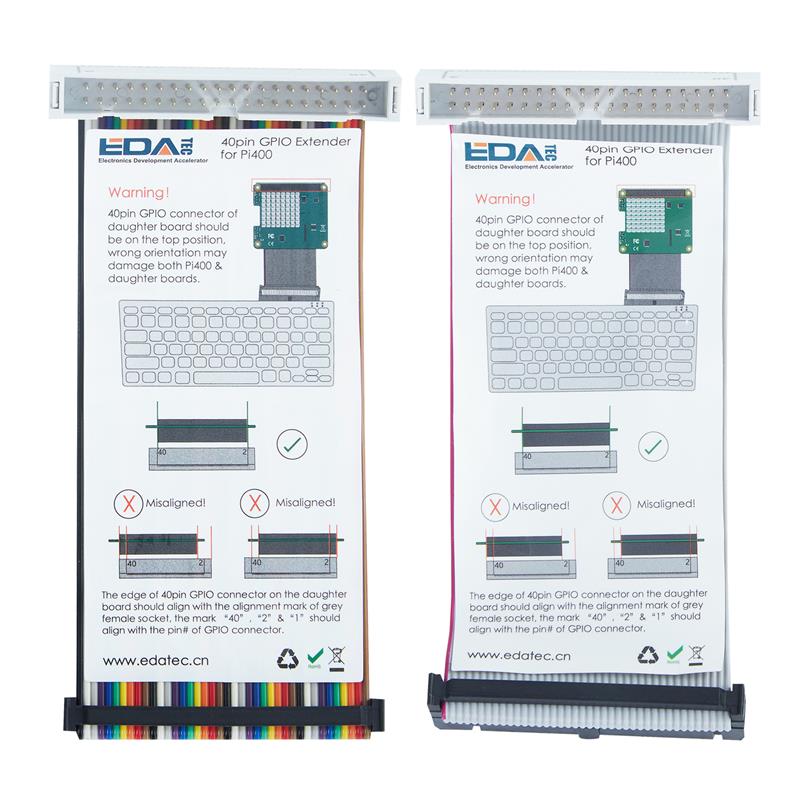


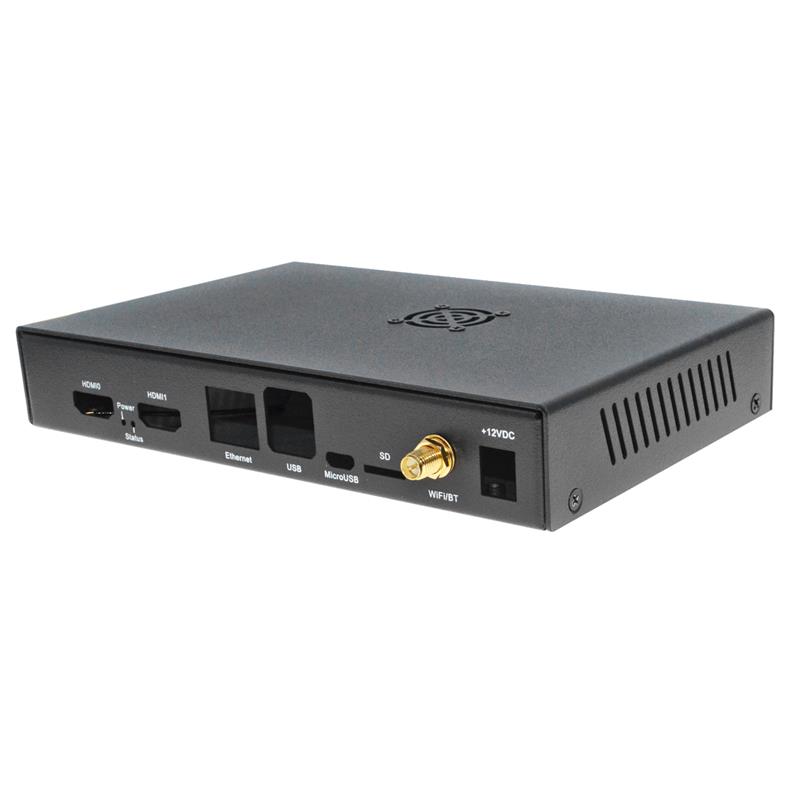


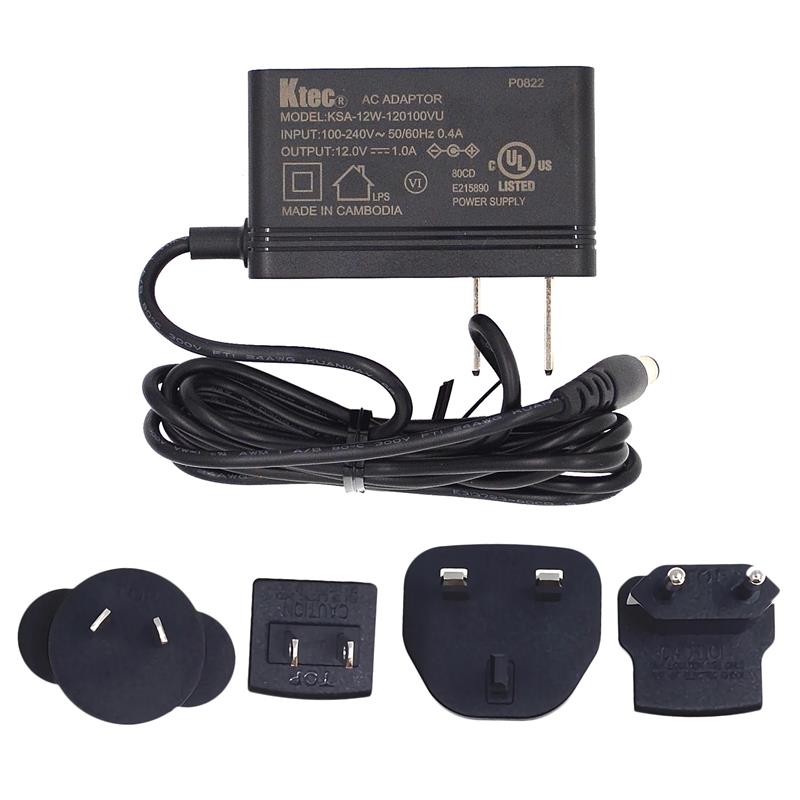

 En
En

















